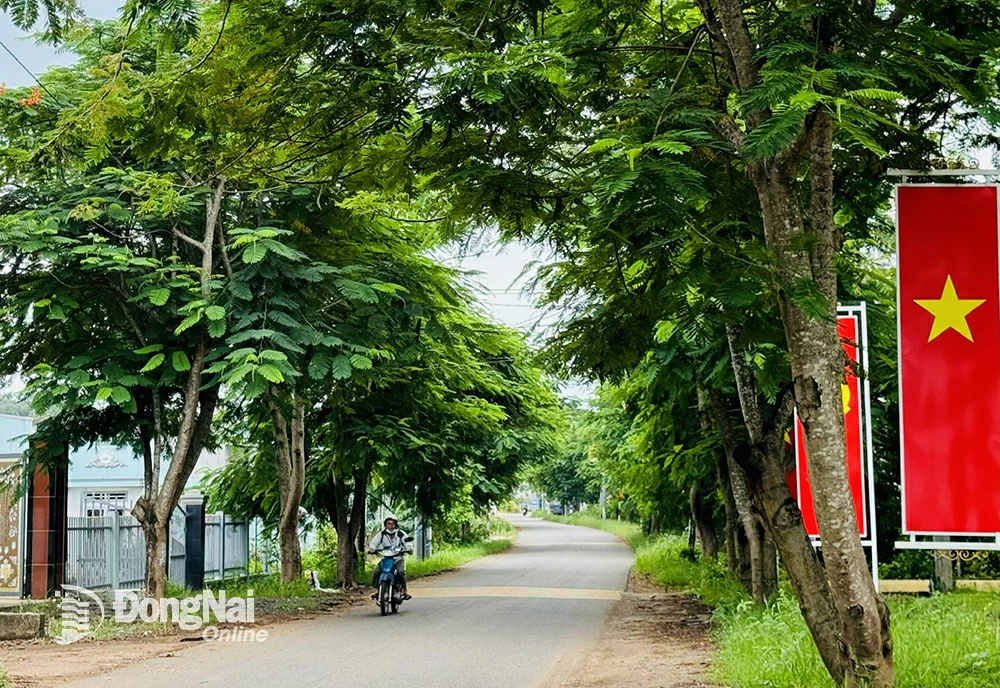 |
| A rural road is planted with trees in Xuan Phu commune, Xuan Loc district. Photo: B.Nguyen |
The criteria for public green land use in rural residential areas is one of the contents that localities focus on implementing in building new rural areas, advanced new rural areas and model new rural areas.
A livable countryside
Dong Nai has many industrial parks and many enterprises with rapid urbanization, but the locality has protected an area of nearly 182 thousand hectares of forest very well. In particular, planting trees is very meaningful, contributing to stabilizing the tree coverage rate in the province at 52%, the forest coverage rate reaching more than 28.9%, completing and exceeding the target according to the Resolution of the Provincial Party Committee and Provincial People's Council.
Dong Nai is the locality that plants the most trees in the Southeast region, contributing to protecting and developing the existing forest area of the province. Dong Nai is also the leading province in implementing the Project of Planting 1 billion trees in the period of 2021-2025. By the end of 2024, the whole province had planted nearly 20.6 million trees of all kinds. It is expected that in the period of 2021-2025, the whole province will plant more than 25 million trees of all kinds, far exceeding the plan set by the Provincial People's Committee as well as the target assigned by the Central Government.
Achieving the above results has a great contribution from rural areas when the criteria for public green land use in rural residential areas set out very specific requirements. Regarding the criteria for public green land use in rural residential areas for NTM communes, public green land use in rural residential areas must reach ≥ 2m2/person and ≥ 4m2/person for advanced NTM communes.
In particular, green land for public use in rural residential areas is land for planting trees for public use, serving the needs and ensuring accessibility for all people in rural residential areas including: park land, flower gardens, playgrounds, cultural houses, schools, offices, religious buildings, public works, squares, residential areas, inter-village and inter-commune traffic corridors, riverside, canals, ditches, embankments, and plot banks. Planted trees include native, woody, multi-purpose trees including shade trees, perennial fruit trees (excluding herbaceous plants, flower gardens, and lawns) with environmental protection and landscape values, high protective effects, precious and rare trees, bearing local, regional, and area cultural identities.
With the goal of building livable villages, the localities of the province pay great attention to environmental protection criteria and indicators, focusing on rural beautification, creating bright, green, clean and beautiful rural landscapes in a synchronous manner such as: implementing good waste classification at source, collecting and treating solid waste, domestic wastewater, especially hazardous waste generated during the production process are focused on...
Green residential area
Planting trees in rural areas, ensuring a bright, green, clean and beautiful living environment is one of the contents that localities in the province pay great attention to throughout the process of building new rural areas.
Cam My district has just been recognized by the Central Council for the National Target Program on New Rural Construction as meeting the standards of an advanced new rural district in 2024. One of the outstanding results of this locality is the good implementation of planting public trees in residential areas.
Through screening, the whole district has 90 rural residential areas with concentrated population, forming existing residential areas. The results of the current status survey show that the above residential areas have a total green tree planting area of nearly 1.5 million m2, mainly planted with trees such as: Sao, Dau, Giáng Hương, Sưa, Green Lim, Lim Xet, Xà Châu, Bang La, Go Do, Cam Lai, Trac, Acacia Hybrid, perennial fruit trees... These are native tree species, woody with environmental protection value, landscape, protective effect, local cultural identity and suitable for soil properties.
Regarding the results, the average land used for planting trees in residential areas is nearly 12.9 square meters per person; the residential area with the lowest land used for planting trees is 4 square meters per person and the residential area with the highest land used for planting trees is 14.9 square meters per person, far exceeding the requirements of the proposed criteria.
Vice Chairman of Cam My District People's Committee Le Van Tuong said that Cam My district has been very active in implementing the Prime Minister 's Project on Planting 1 Billion Trees. Specifically, in recent years, the district has planted nearly 1.1 million trees. All communes in the district have launched tree planting campaigns on rural roads, conducted surveys on each road to determine the quantity and types of each type of tree, and mobilized businesses and individuals to support the planting and care of trees.
Chairwoman of Xuan Loc District People's Committee Nguyen Thi Cat Tien said that Xuan Loc is the leading locality in the province in building a model new rural area. In particular, the locality focuses on beautifying the countryside, creating a bright, green, clean, and beautiful rural landscape, and improving the effectiveness of environmental self-management groups in residential areas.
Up to now, 97% of communal roads, inter-communal roads, village roads and public areas in the district have been planted with flowers, shade trees, ornamental plants, lawns and equipped with trash cans or appropriate garbage collection. The area of green trees in the district has reached a rate of 4.4m2 /person. Public areas in the district have been planted with flowers, shade trees and equipped with suitable trash cans.
Binh Nguyen
Source: https://baodongnai.com.vn/kinh-te/202506/tinh-cong-nghiep-xay-dung-nong-thon-xanh-sach-b69104b/




![[Photo] Opening of the World Cultural Festival in Hanoi](https://vphoto.vietnam.vn/thumb/1200x675/vietnam/resource/IMAGE/2025/10/10/1760113426728_ndo_br_lehoi-khaimac-jpg.webp)
![[Photo] Ho Chi Minh City is brilliant with flags and flowers on the eve of the 1st Party Congress, term 2025-2030](https://vphoto.vietnam.vn/thumb/1200x675/vietnam/resource/IMAGE/2025/10/10/1760102923219_ndo_br_thiet-ke-chua-co-ten-43-png.webp)

![[Photo] Unique Phu Gia horse hat weaving craft](https://vphoto.vietnam.vn/thumb/1200x675/vietnam/resource/IMAGE/2025/10/10/1760084018320_ndo_br_01-jpg.webp)










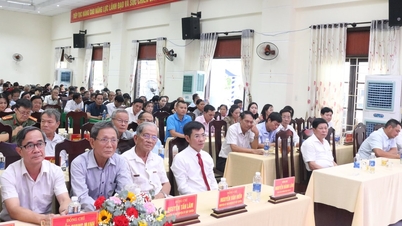


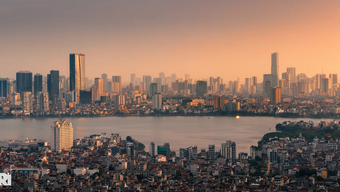







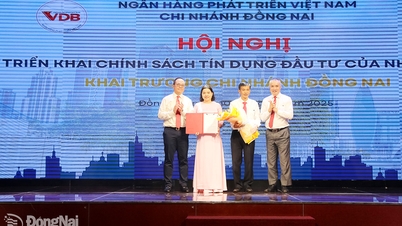
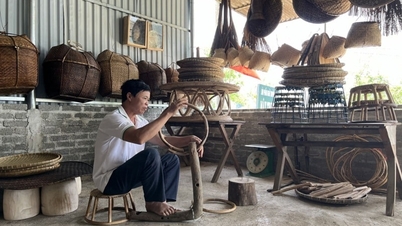







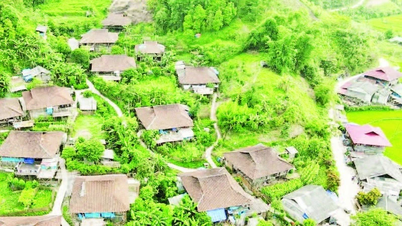

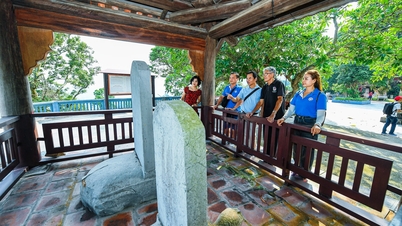












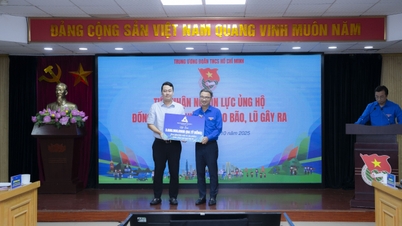










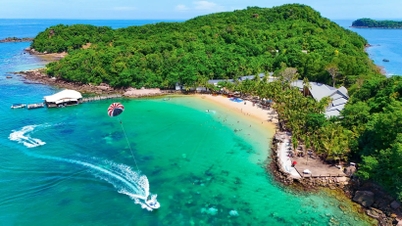







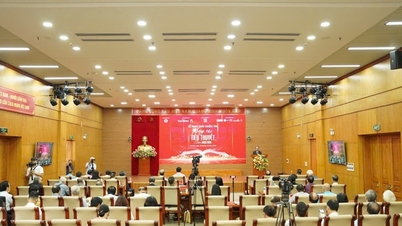
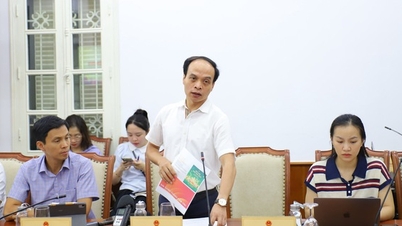






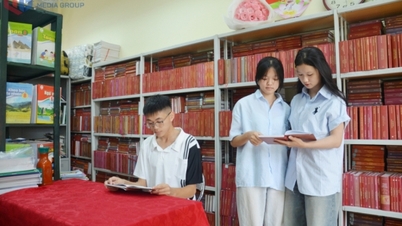

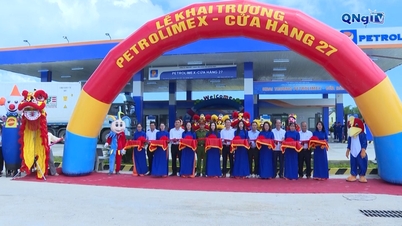

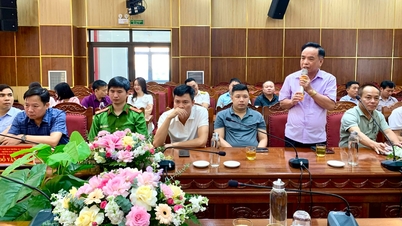


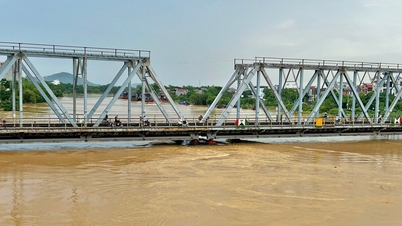














Comment (0)